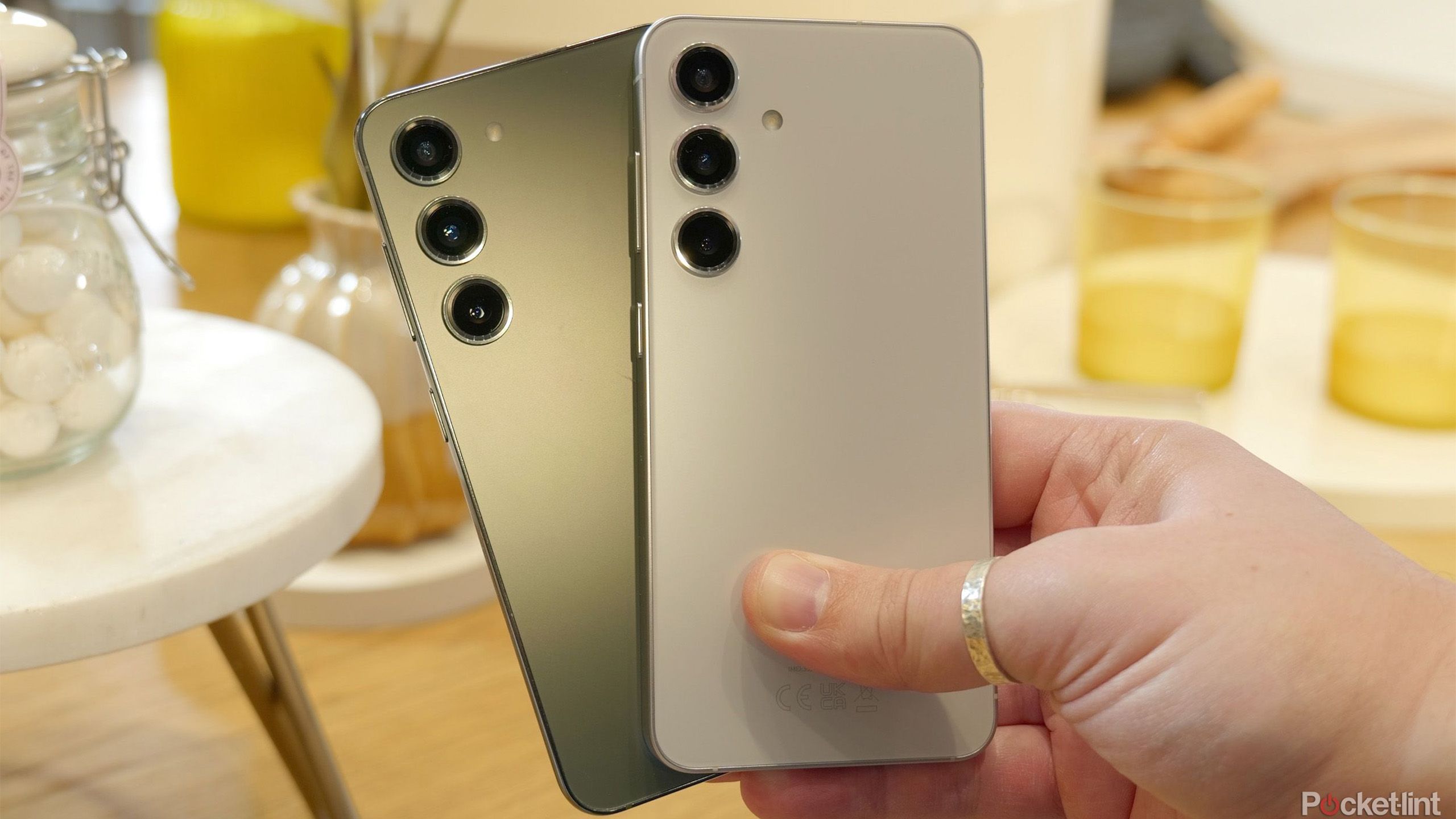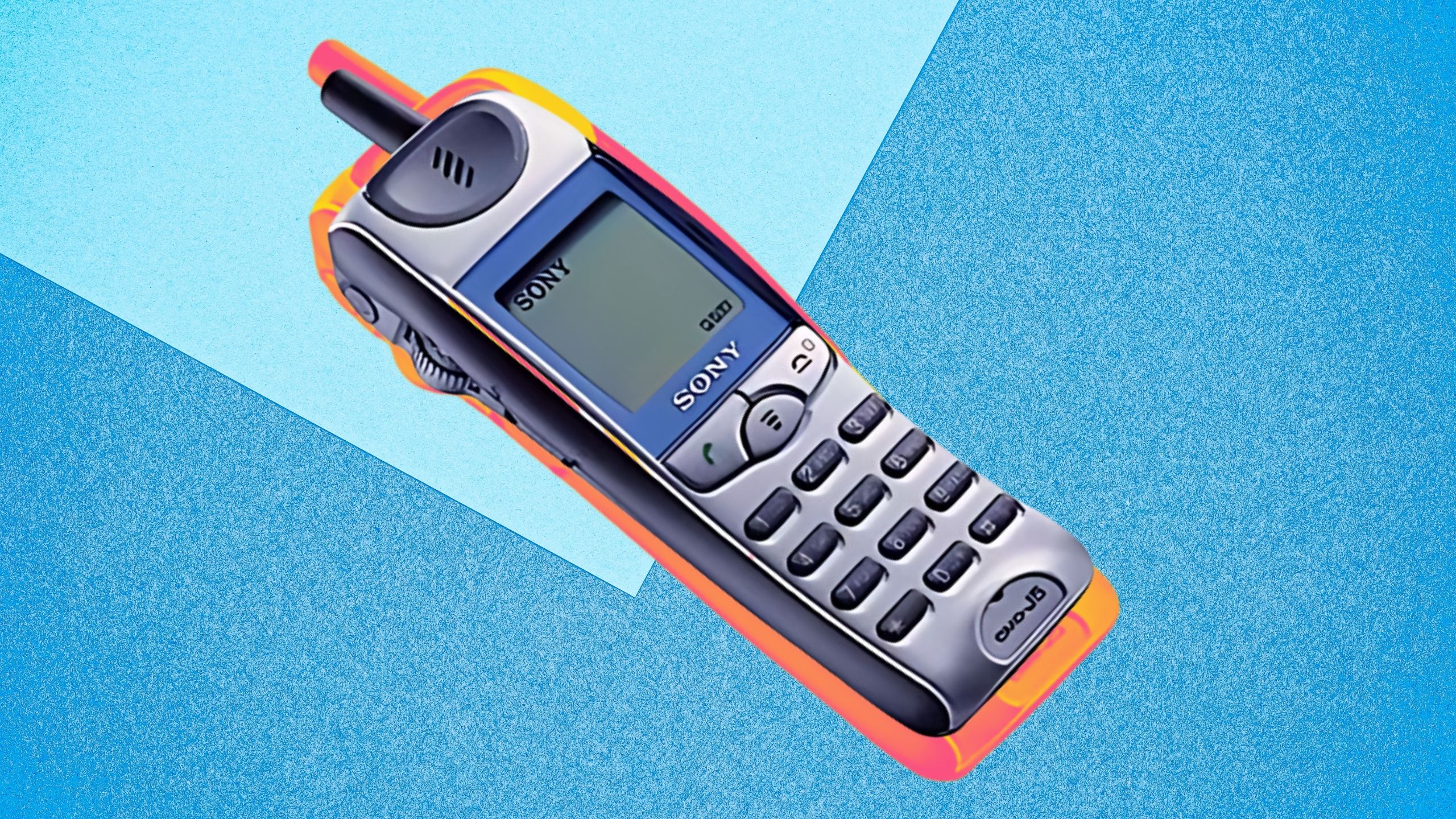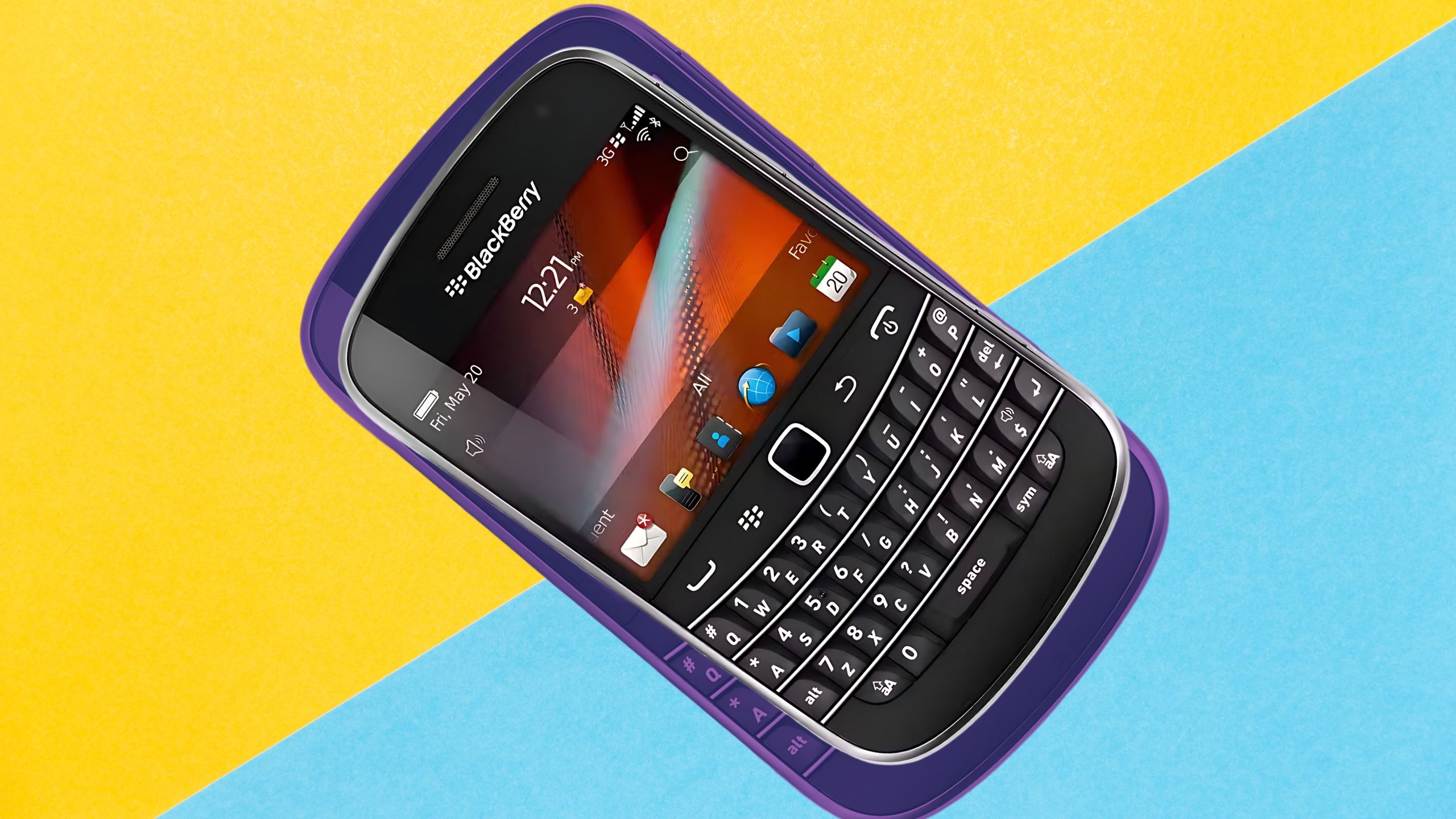Key Takeaways
- Nokia 3200 offered unique customization with cutout styles, potentially an influence on phone case styling today.
- Samsung T-100 introduced powerful display tech to the phone market.
- Siemens SL45 was the first to feature a card slot and MP3 player, the latter was highly sought after in phones at the time.
Years ago, phone brands weren’t afraid of experimenting, and they gave us quirky models with flip designs and removable housings instead of generic slabs of glass and metal, which all follow the same formula. That said, not every old-school phone is iconic, like the Nokia 3310 or Motorola Razr, and many groundbreaking models are long forgotten after so many years.
We’ve decided to take a trip down memory lane with eight phones that stood out in their day but don’t get the appreciation they deserve today. Our list could be infinite, with thousands of available options, but we narrowed it down to a single offering from most major brands to keep things simple.
Nokia through the years: The best and worst phones, in pictures
We’re taking a look back at the best Nokia phones of the past… as well as the worst!
1 Nokia 3200
Custom cutout styles on the idolized brick
Nokia/Pocket-lint
Nokia targeted its budget-friendly 3200 at younger, fashion-conscious buyers with a low price and unique customization system. The two-piece transparent housing was easy to remove, and users could slot one of the three sets of flat faceplates on the front and back covers to change the phone’s appearance. Perhaps a precursor to how users now view their phone cases as an extension of style and function.
Included in the box was a stencil-like tool to cut out printed images to match the phone’s shape and unconventional button layout. Buyers could use the cut-outs instead of the standard plates on the front and back covers for a custom look.
The 3200 was an interesting experiment from Nokia, but it never took off because of its polarizing design and average performance.
Another quirky feature of the 3200 was its unique layout, with each button having two numbers on it instead of just one. This system wasn’t user-friendly for typing because of the cramped buttons, but at least it was different and made the phone stand out. The 3200 was an interesting experiment from Nokia, but it never took off because of its polarizing design and average performance.

Remember these cell phones? Yes, you’re officially old
Let’s take a trip down memory lane and revisit some downright iconic phones.
2 Samsung T-100
Innovative color display and a classic flip
Samsung/Pocket-lint
These days, it’s hard to believe that Samsung was once a smaller phone maker and lagged behind rivals like Nokia and Motorola. Things changed when Samsung dropped the T-100 with a 128 x 160-pixel active matrix LCD display that took the world by storm because it had never been seen on a phone before. The vivid colors and animations were a step up from the competition, still using dull passive LCDs and monochrome, and helped Samsung cement its place as a premium brand.
The vivid colors and animations were a step up from the competition, still using dull passive LCDs and monochrome, and helped Samsung cement its place as a premium brand.
Design-wise, the T-100 felt like liquid metal in the hand with its silver body and flowing contours. All the buttons were in the perfect places, and there was nothing like the satisfying click when you slammed it closed to end a call. This phone was amazingly popular, selling ten million units in its first year, and ushering in a new era of display technology.

From Galaxy S to Galaxy S24 Ultra: A complete timeline of Samsung’s flagship phones
We’ve put together a timeline of Samsung Galaxy smartphones — starting with Galaxy S up to the more recent Galaxy S24.
3 Siemens SL45
The dawn of MP3 players on phones
Siemens/Pocket-lint
Siemens might not get much love these days, but it knocked it out of the park with the SL45, which was ahead of its time and was the first phone to include a card slot and a built-in MP3 player. The headphones connected via the proprietary charging port instead of a 3.5mm jack, which hadn’t made it onto phones yet, and offered great sound quality for the time.
On the outside, the flashy silver body and matching buttons oozed quality and marked the dawn of a new design language for the company.
On the outside, the flashy silver body and matching buttons oozed quality and marked the dawn of a new design language for the company. Siemens capped it off with a distinct orange monochrome display that would become popular in its lineup before the era of color screens took over. The SL45’s extravagant price tag didn’t do it any favors, and it went on to become more of a cult classic than a bestseller despite its innovation.

I bought an MP3 player in 2024, and for the first time in years, I really listened to music
Sony’s 2017 MP3 player has made for purposeful listening, and even though I’m a rookie audiophile, I think it’s a game changer.
4 Sony CMD-J5
Quirky navigation experimentation
Sony
Sony was known for quirky phones before merging with Ericsson, and the CMD-J5 was a mixed bag like most of the brand’s offerings. The rotating dial for scrolling through the menus wasn’t something any other brand had thought of, and you could watch the icons on the 3D animated menu roll across the display at speed if you spun it fast enough. Being able to set voice recordings as ringtones was another unique feature back in 2000. It meant you could record a snippet of your favorite song and use it as a ringtone instead of the onboard polyphonic options.
Being able to set voice recordings as ringtones was another unique feature back in 2000.
The CMD-J5 tried to emulate the premium silver style of its rivals but was let down by the pokey aerial and weak vibration. This phone offered smooth performance, but its unconventional yet fun scroller navigation system and lack of a strong brand identity kept it from mainstream appeal.

These are the new emoji coming to iPhone, Android, and other devices later this year
They could hypothetically launch alongside iOS 18 and Android 15.
5 Motorolla V3688
Slimline style in the tiniest phone
Science Museum Group/Pocket-lint
The battle was on to create the smallest phone in the late ’90s, and Motorola laid its claim to the throne with the slick clamshell V3688. At 2.92 ounces and 25mm thick, it was the smallest and lightest phone up to that point, and nothing from rivals Nokia and Ericsson could match its futuristic look and feel.
The V-3688’s size came at a cost, and it had a cramped five-line monochrome screen and a clunky menu. The basic software did the job despite lacking features like games and an alarm that were standard on its rivals. There’s no denying that V3688 was a step forward in phone design, and Motorola continued the shape in new incarnations like the v8088 and V50 for years to come.

Samsung Galaxy Z Flip 5 vs Z Flip 4: What’s changed?
Samsung’s Galaxy Z Flip 4 and Z Flip 5 are very similar, until they’re not. Here’s how they compare and differ, and which one is right for most.
6 Sony Ericsson W810
Music on the move for dedicated listening
Sony/Pocket-lint
Sony Ericsson’s W810 Walkman was known for its excellent sound but was an all-around performer with subtle yet classy styling. It could play radio and MP3s through the rear loudspeaker or proprietary headphones and included a 512MB memory card, which could be upgraded to 4GB. You could also turn off most of the phone’s functions and use it as a music player only if you wanted some peace.
Sony Ericsson’s W810 Walkman was known for its excellent sound but was an all-around performer with subtle yet classy styling.
The W810 had a sturdy candybar design, with a black rectangular body, silver D-pad, and orange accents. On the back, there was a decent 2MP camera and LED flash, and you could use the dedicated button on the side for taking pictures in landscape mode and an LED flash for night shots. This phone was quite popular with music lovers, and its spirit lives on in Sony’s new Walkman range, which is based on the same principle of uninterrupted sound.

5 reasons why I switched to a Sony Walkman in 2024
I’m happy to step away from my smartphone and embrace the simplicity of an MP3 player.
7 BlackBerry Bold 9900
QWERTY coolness in its heyday
Blackberry/Pocket-lint
BlackBerry dropped the Bold 9900 at the height of its popularity in 2011 with a new touchscreen to complement its trademark keyboard for typing and emails. It was also the thinnest Blackberry ever at just 10.5mm thick, but was still heavy at 5.58 ounces because of the metal frame with dividers to separate the rows of keys.
On the software side, Blackberry OS 7.0 was smooth and offered the best email and browser experience of its day. Ultimately, the Bold 9900 was one of BlackBerry’s best offerings, but it couldn’t stem the tide of iPhones and Android smartphones that took over the market.

This case brings a clicky keyboard to iPhone users who miss their BlackBerry
All five of you.
8 Ericsson T28s
Slim, button protection, and a satisfying flip action
Sony/Pocket-lint
Ericsson was another brand racing to make the smallest phone in the late ’90s, and its flagship T28s was a force to be reckoned with at just 15mm thick and 2.92 ounces. The first-of-its-kind slimline Lithium Polymer battery heavily contributed to its compact size, and the technology would become the standard on most phones.
Another design quirk on the T28s was the signature flip to protect the buttons from accidental presses. It was spring-loaded and opened with a tiny button on the side when you wanted to answer your phone and make calls. The T28s had a tiny horizontal-scrolling display like most Ericsson models those days, but it didn’t stop them from becoming one of the most popular phones in the world.

Best compact smartphones: Cutting down on size and compromise
Stop stretching your fingers with that handful of a phone. We’ve got some recommendations for smaller devices with the power you need.
FAQ
Q: Does BlackBerry Still Exist?
BlackBerry officially stopped making phones in 2022 and currently offers cybersecurity products and solutions instead.
Q: When did touchscreens become popular?
The original iPhone released in 2007 came with a 3.5-inch touchscreen that changed the game and forced rivals to play catch-up.
Q: Are old-school phones coming back into fashion?
Phones like Nokia’s new 3210 redesign and Motorola’s current RAZR prove that there’s a market for retro designs despite not being the most popular phones currently available.
Trending Products

Cooler Master MasterBox Q300L Micro-ATX Tower with Magnetic Design Dust Filter, Transparent Acrylic Side Panel…

ASUS TUF Gaming GT301 ZAKU II Edition ATX mid-Tower Compact case with Tempered Glass Side Panel, Honeycomb Front Panel…

ASUS TUF Gaming GT501 Mid-Tower Computer Case for up to EATX Motherboards with USB 3.0 Front Panel Cases GT501/GRY/WITH…

be quiet! Pure Base 500DX Black, Mid Tower ATX case, ARGB, 3 pre-installed Pure Wings 2, BGW37, tempered glass window

ASUS ROG Strix Helios GX601 White Edition RGB Mid-Tower Computer Case for ATX/EATX Motherboards with tempered glass…


















